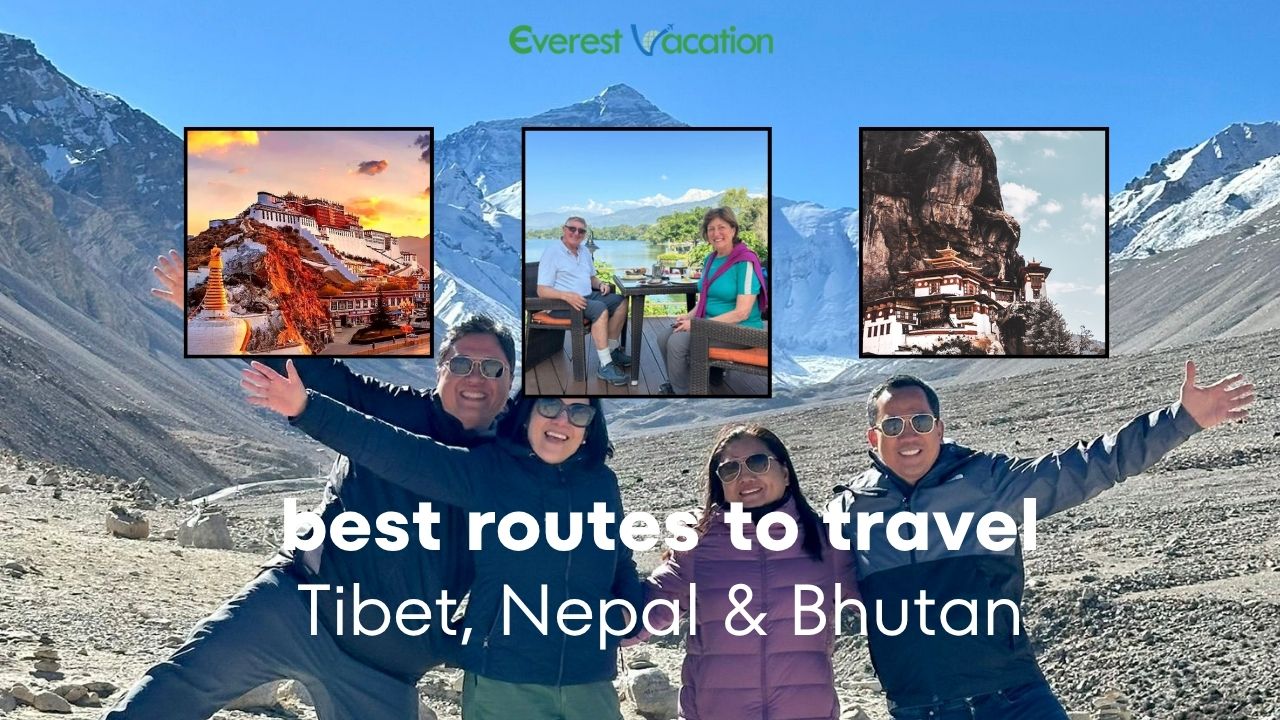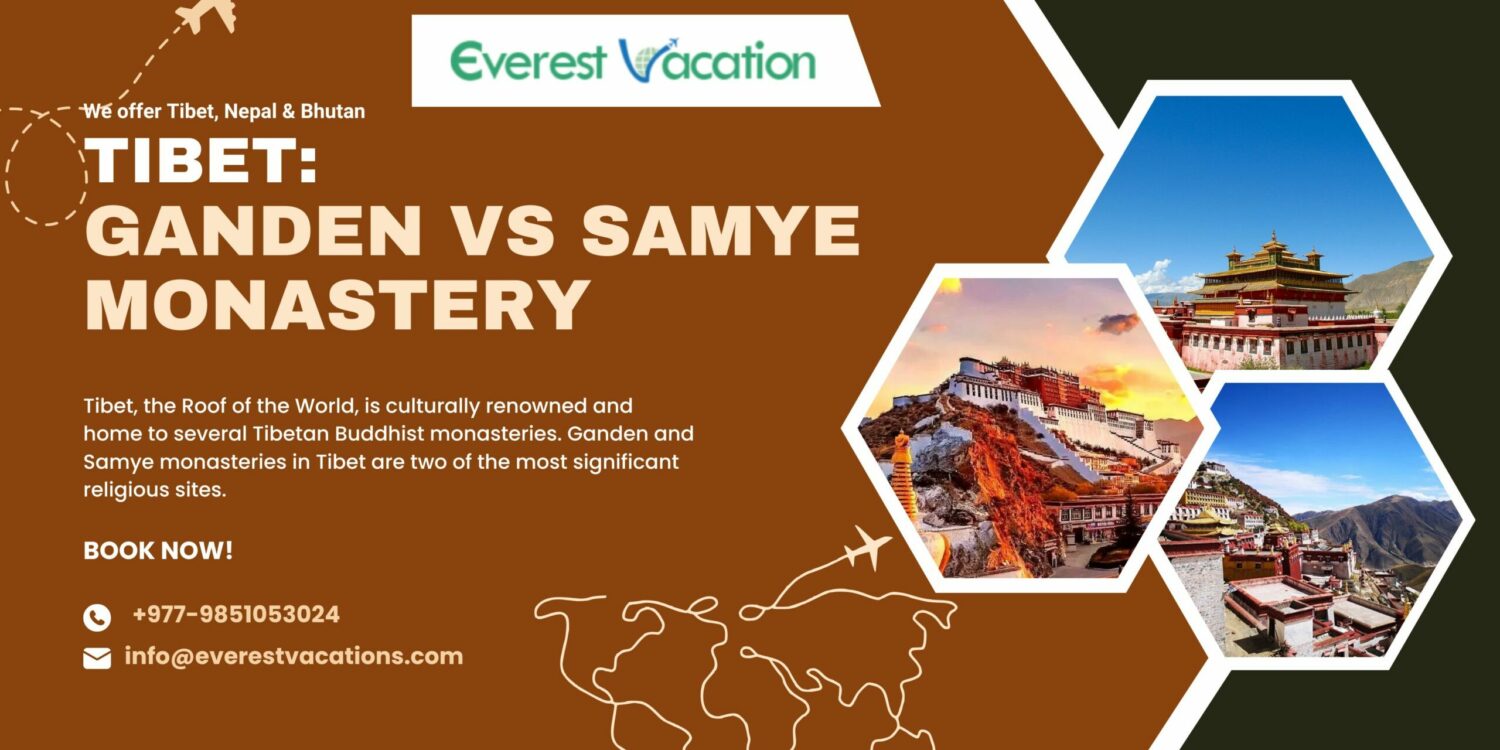The journey to these three beautiful countries is adventurous and spiritually fulfilling. The travel is rewarding, no matter which route you take. However, you can enhance the experience by ensuring the trip is hassle-free and smooth, depending on several factors such as visa requirements, travel restrictions, and other relevant details.
We have listed some of those key factors determining the ease of travel so that you can choose the best route for your Nepal-Bhutan-Tibet tour.
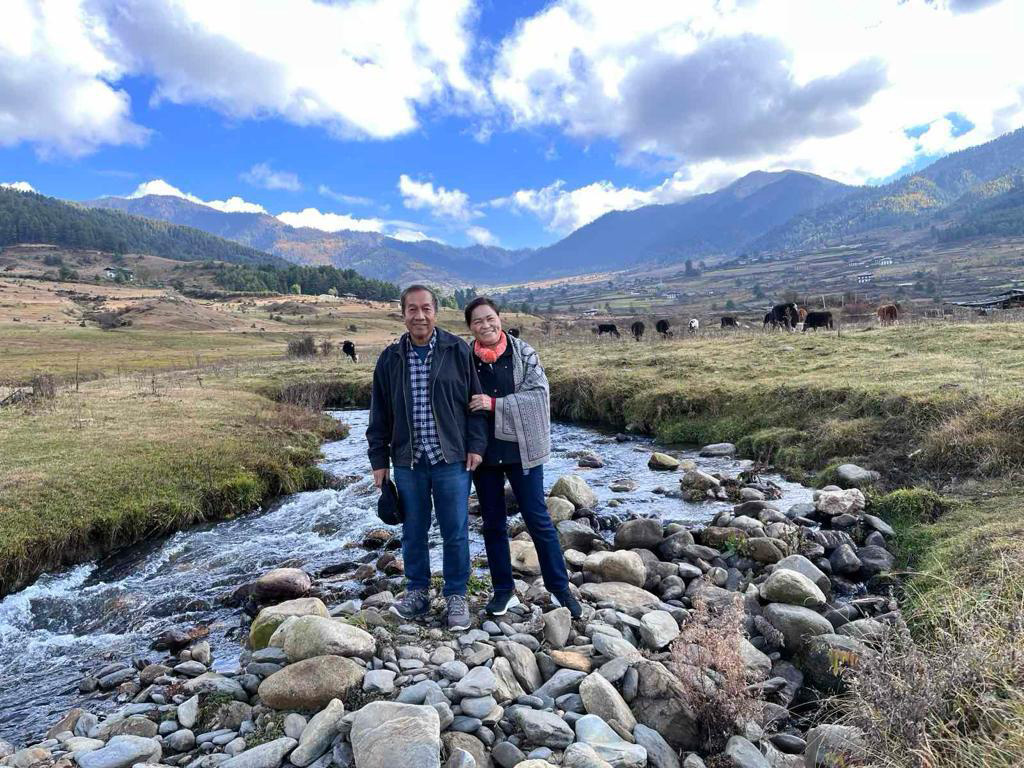
Key Factors for Selecting the Best Route
Nepal, Bhutan, and Tibet are three culturally significant and organizationally distinct countries. According to various practical factors, we have categorized the ease of travel between different routes as follows:
Based on the Visa and entry requirements
A visa is one of the basic and most important requirements for visiting anywhere. The ease of getting a visa and other entry requirements affect the smoothness of your journey. We have listed some of the necessary visa and entry requirements information about these countries.
Nepal
Nepal is the easiest of the three to get a visa. Here are the available options:
- You can get an on-arrival visa, for which valid digital documents and a valid passport with two blank pages are required.
- You can also collect the visa from the consulate or embassy of your home country.
- You can also apply for multiple-entry Visas for ease, which cost USD 30 for 15 days, USD 50 for 30 days, and USD 125 for 90 days.
- Applying for travel permits and Visas for Tibet is easier from Nepal.
Bhutan
- You can apply for a Bhutan visa online. To obtain it, you need a licensed tour operator. After confirming your tour and completing the necessary formalities with them, they will help you submit your digital photo and a copy of a valid passport and collect the visa.
- In addition, tourists must pay a Sustainable Development Fee (SDF), a daily charge levied by the Bhutan Government for sustainable tourism to boost the country’s development. The SDF effective till September 2027 is USD 100 per person per night, which excludes all other travel expenses (accommodation, meals, guide tips, monument fees, etc).
- SDF Structure
- Adults: USD 100 per person per night.
- Children (12 and above): Full SDF rate applies, i.e., USD 100 per person/ night.
- Children (6 to 11): 50% discount on SDF, i.e., USD 50 per night.
- Children (below 6): No SDF required.
Tibet
- You’ll need to apply for a China Visa and then a Tibet travel permit if you want to travel from the Chinese mainland. You’ll require a licensed tour operator to apply for a Tibet travel permit. A hard copy of your travel permit is required when entering Tibet from China.
- However, you cannot fly to Tibet from Nepal with your Chinese visa.
- If you wish to travel to Tibet through Nepal, you need a Tibet Group Visa instead of a Chinese Visa, for which you need valid documents. This takes 3-4 working days. Your tour operators in Nepal should help you acquire this visa and the necessary permits.
- If you get the Tibet group visa from Kathmandu, you will also be able to visit other cities in mainland China, making it more convenient.
- However, the nationalities of Albania, Democratic Republic of Congo, Chad, Ghana, Cameroon, Kenya, Libya, Mali, South Sudan, Nigeria, Somalia, Tunisia, Pakistan, Bangladesh, Sri Lanka, Afghanistan, Azerbaijan, Lebanon, Syria, Iraq, Iran, Kazakhstan, Kyrgyzstan, Tajikistan, Turkey, and Uzbekistan can’t apply for Group Visa from Nepal, due to travel restrictions. They need to apply for a Chinese Visa from their home countries.
- No need visa to visit China or Tibet for the nationalities of France, Germany, Italy, the Netherlands, Spain, Austria, Belgium, Hungary, Ireland, Luxembourg, Switzerland, Poland, Andorra, Portugal, Greece, Cyprus, Slovenia, Slovakia, Norway, Finland, Denmark, Iceland, Monaco, Liechtenstein, Bulgaria, Romania, Malta, Croatia, Montenegro, North Macedonia, Estonia, Latvia, Georgia, Brunei, Thailand, Korea, Japan, Malaysia, Singapore, New Zealand, and Australia up to December 2025.
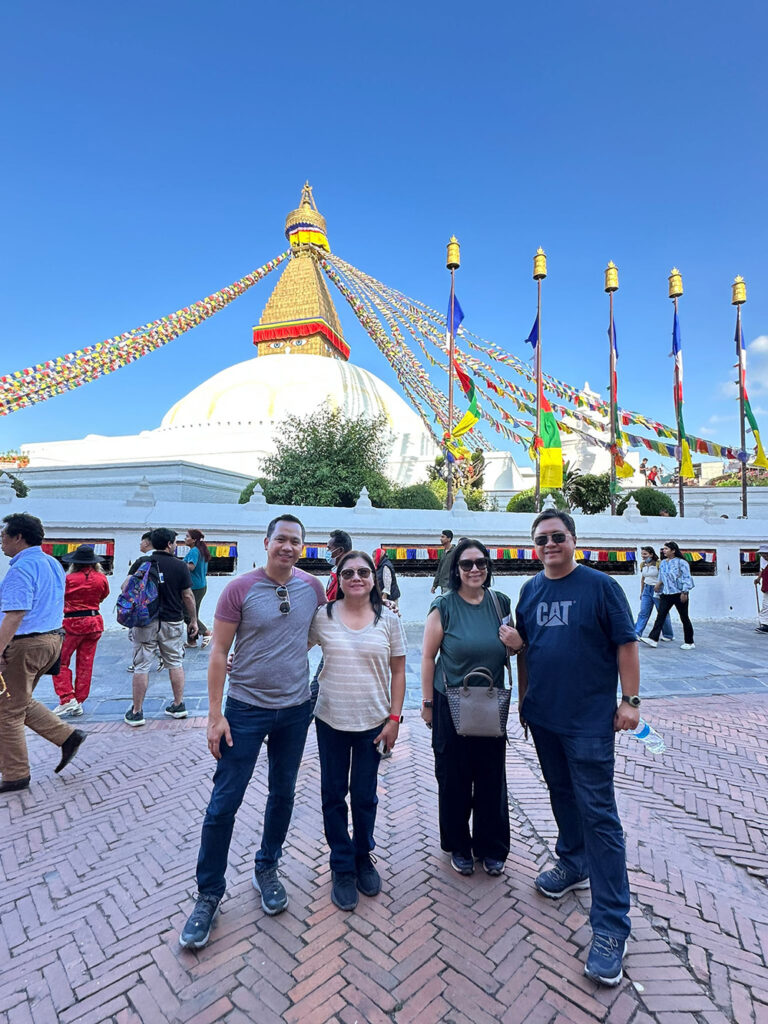
Based on altitude and acclimatization
Nepal, Tibet, and Bhutan are three beautiful countries that lie at high altitudes. Despite the great views they offer, their altitude can cause some health concerns, which should make acclimatization an important part of your travel plan.
Nepal
Acclimatizing is not necessary in the case of Nepal if you’re not visiting any high–altitude places like mountain trekking. Places like Kathmandu, Lumbini, Chitwan, and Pokhara are located at low-altitude so the risk of altitude sickness is very low.
Bhutan
Bhutan requires a bit more acclimatization than Nepal, especially when visiting places like Tiger’s Nest Monastery (3120 meters above sea level). Although it is preventable with steps like proper acclimatization, rest, drinking enough water, and consulting with the guide.
Tibet
Acclimatization is necessary in the case of Tibet because of its high elevation, like Lhasa (3,656 m above sea level). You will most definitely need to take preventive measures to ensure safety.
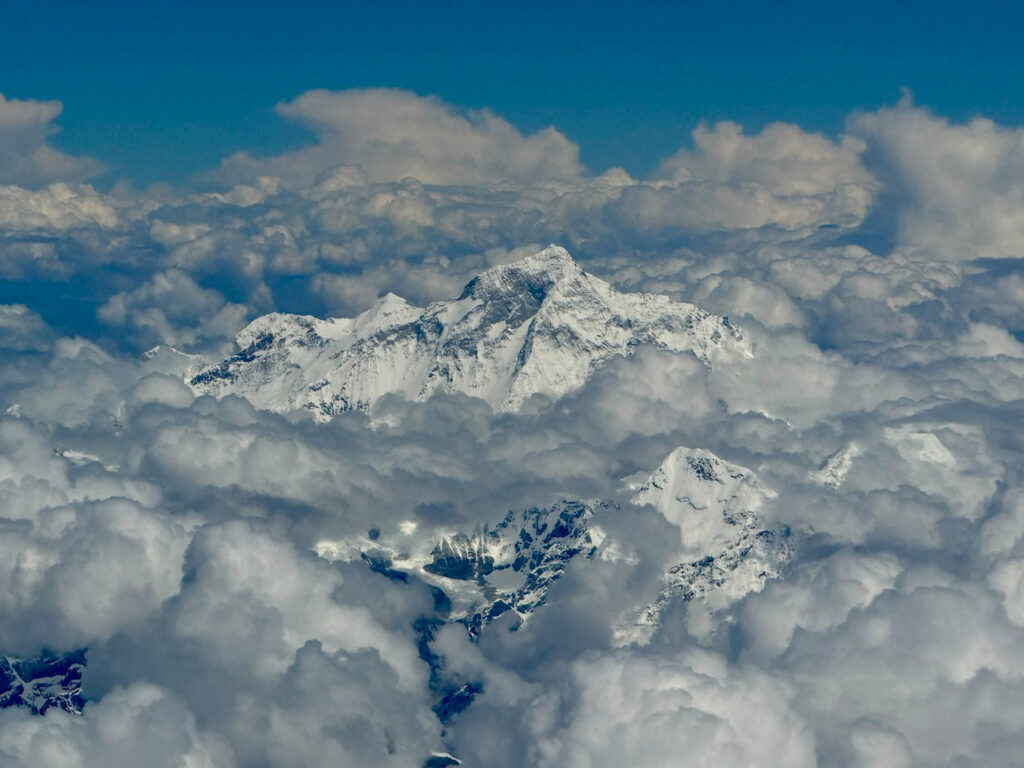
Based on direct flights and road access
Direct or even connecting flights and proper road access make travel so much easier. Here is the important information about their availability for Nepal, Tibet, and Bhutan.
Nepal
There are direct and connecting flights available from most countries to Nepal. Also, Kathmandu offers direct flights to both Tibet and Bhutan.
- Nepal to Bhutan: Flights from Kathmandu to Bhutan run daily or at least 4-5 times a week during the low tourist season.
- Nepal to Tibet:
- The only direct flight operates 4 flights per week, specifically every Monday, Wednesday, Thursday, and Friday (updated on February 3rd, 2025).
- As an alternative, you can also take an overland tour to Tibet, which is a 4-day tour.
Bhutan
Paro (Bhutan) airport is also approachable from cities in other countries, including Bangkok (Thailand), Kathmandu (Nepal), New Delhi (India), Dhaka (Bangladesh), and Singapore. But there isn’t any connecting flight to Bhutan. So, you’ll have to exit the airport and go through immigration and re-enter for your flight to Bhutan in one of the above-mentioned cities.
- Bhutan to Nepal: There are a few daily flights available between Kathmandu and Paro. And although there is road access between them, you’ll have to go through India, which slightly increases the complications.
- Bhutan to Tibet: Currently, there is no direct flight or any direct road access available between the two countries.
Tibet
Besides Kathmandu, international tourists can fly to mainland China as an international destination for direct Lhasa flights. Travelers can fly to Lhasa from other cities in the Chinese mainland, like Beijing, Chengdu, Kunming, etc. Flights and trains connect Tibet to different cities of China.
- Tibet to Nepal:
- There is only one direct international flight between Nepal and Tibet. The direct flight operates 4 flights per week, specifically every Tuesday, Wednesday, Thursday, and Friday (updated on February 3rd, 2025).
- The overland tour to Tibet is also possible from the Kerung border of Nepal, which takes a long time, about 6 to 7 hours a day. The roads are mostly comfortable, where you get to relish the scenic landscapes and mountain views.
- Tibet to Bhutan: Unfortunately, there is no direct flight or road access between Tibet and Bhutan.
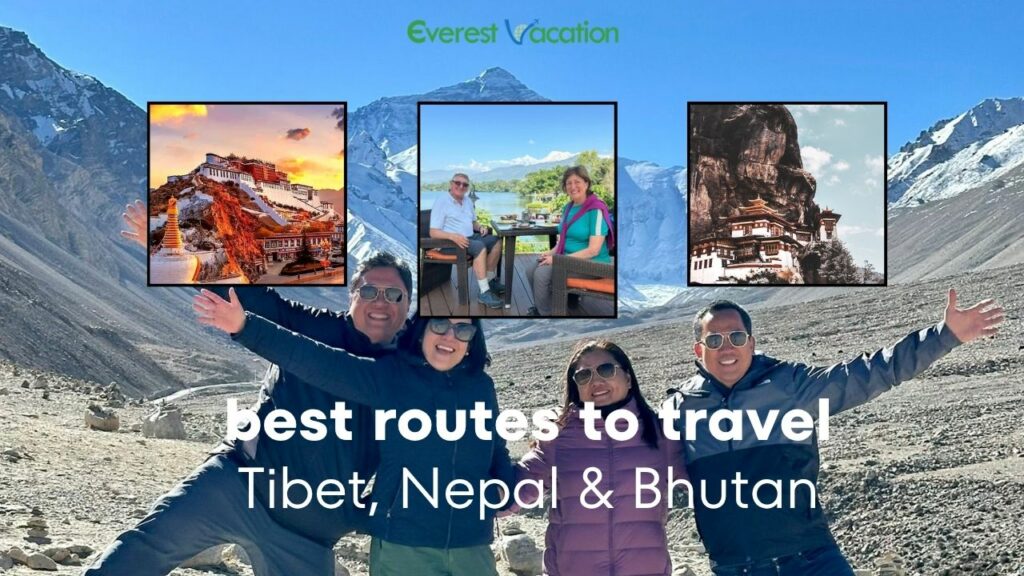
Conclusion: The perfect route
We are now confident that we have established the perfect travel route between Nepal, Bhutan, and Tibet, and the itinerary that we would recommend you follow to give you the most hassle-free travel is:
Nepal -> Bhutan -> Nepal -> Tibet -> Nepal / Chinese mainland
Here are the reasons why:
- Easy visa handling and permit arrangements.
- Easy acclimatization occurs as the altitude increases gradually.
- Direct/Connecting flights from many other countries to/from Nepal.
- Easy flight and road access between Nepal and Tibet/Bhutan.
Despite this route appearing to be longer, we can assure you it is hassle-free and the best travel route! By creating your travel itinerary using this route, you will eliminate stress and the possibility of having a stressful tour across these countries while exploring the beautiful Himalayas. However, you can visit these countries in any order that works best for you.
Thank you for taking the time to read this blog. We hope this blog answered your question of “How should I plan for the perfect travel route between Nepal, Bhutan, and Tibet?”.
Have a great trip!!


